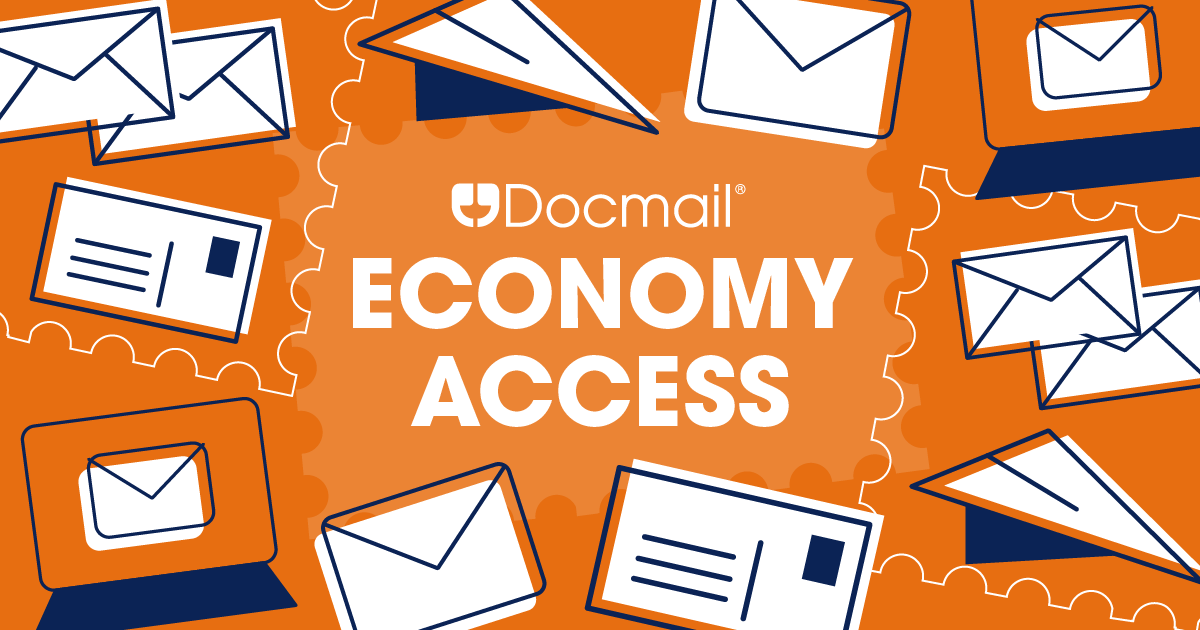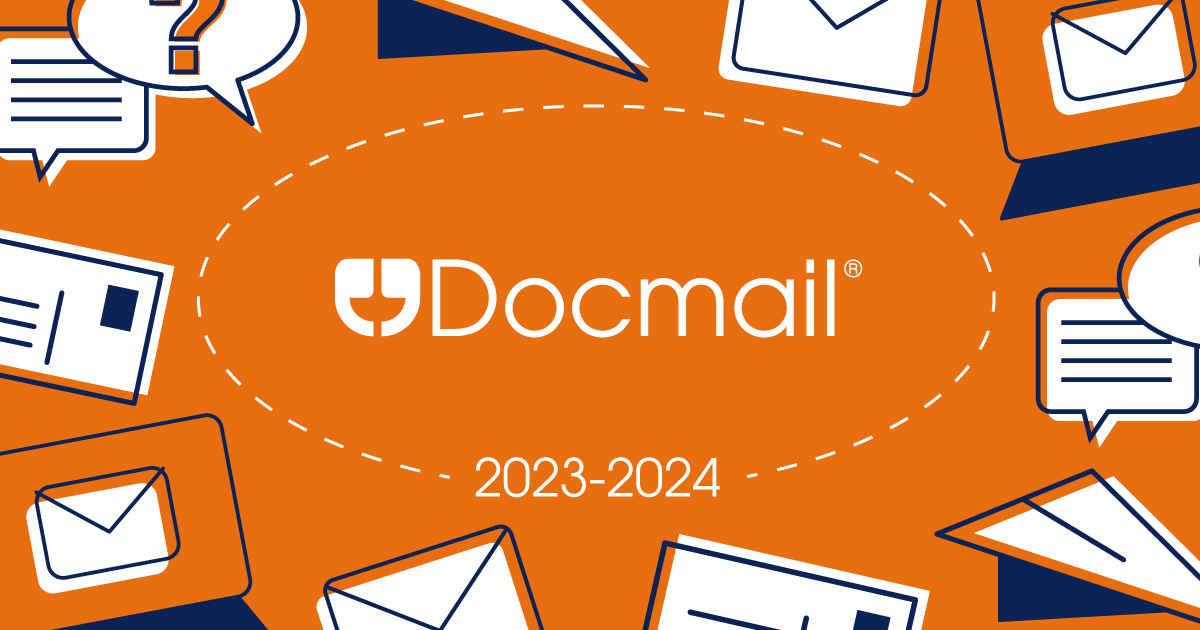When it comes to any business, customer retention is crucial in order to secure success and growth. Not only does it give companies an opportunity to measure how successful they are at acquiring new customers, but it also gives them the capacity to see how successful they are at satisfying them too.
Retained customers have the ability to build strong customer relationships, ultimately boosting revenue and the value of your business.
Customer retention hosts a range of benefits for businesses, they include:
It’s well-known that it’s cheaper to retain a customer than to onboard a new one. There is a wide range of studies, each within different industries, with varying stats on what the actual figures for this are. However, research shows that customer retention is anywhere between 5 to 25 times cheaper than onboarding a new customer.
Research shows that loyal customers spend a whopping 67% more than new ones. This is because it is easier to incentivise existing customers, they already have a good understanding of the company they are working for and trust your products and services that benefit their organisation. This ultimately leads to the average cost per customer increasing, as well as lifetime span and ROI.
The chance of selling to an existing customer is 60-70%, while the chance of selling to a new customer is only 5% to 20%.
A 5% increase in customer retention can boost profits by 25% to 95%.
Some studies have found that almost 65% of a company’s business comes from repeat customers.
Retaining customers are managed differently in every organisation. But one of the most powerful ways to retain customers is by the use of effective communications.
By using effective communication, you can identify potentially returning customers and build their trust, offering effective products or solutions specific to them and encouraging continued engagement.
Effective communication has the power to make an instant impact on the recipient, from the moment it lands in front of them. Be it on their doorstep, in their email inbox, a text to their phone or even a physical advert. But what makes a communication effective?
Concise messaging - Communications make the most impact when they are straight to the point. This ensures that the recipient gets to the main message quickly and is able to absorb all of the relevant information. The average person spends around 10 seconds reading an email, so businesses have a small window in which they can convey everything they need to the recipient.
Easy to understand - Simple messaging is much easier for customers to learn and remember, so it’s advised to not over-complicate your messaging.
Eye-catching - The average person receives 3.5 letters per week (Royal Mail, 2019) and about 121 emails daily. With each person receiving and consuming so much information daily, it’s important to ensure that your communications are instantly eye-catching.
Letters can be enhanced by personalising the envelope, including your company logo and relevant straplines to engage the recipient. When it comes to emails, using a catchy, yet concise, subject line and preview test can instantly draw the reader in and encourage them to click.
Can be used across audiences - Using a communication method that can be utilised across all audiences is highly effective in not only offering savings in the time to produce it, as you only need to use the one method, but also saving money too.
Mail is a great way to target all age ranges and demographics, sending your messages straight to someone’s doorstep and offering you the ability to reach those who may not have an email or social media.
Personalised - Personalising any communication makes the recipient feel more valued, and this is supported by studies that have shown that simply personalising mail with a name has the ability to increase open rates by 18% (mamsmail.co.uk).
Has a call-to-action - The most important element of an effective communication is to ensure that you direct customers on how they can proceed. Having a clear call-to-action allows customers to follow up on your communication, ultimately increasing the chances of customers following on to make a purchase.
The rise of hybrid working has brought with it an influx of requirements for hybrid communication solutions. One such solution is hybrid mail, which offers users the chance to send personalised, effective communications, directly from their computers. In just a few clicks, users can upload a document (such as a letter, postcard or greetings card) and an address list, where the hybrid mail supplier will then securely produce and post these documents.
Offering flexibility, savings in time and money and convenience, hybrid mail enables businesses to enhance their communications and increase the chances of retaining valued customers.
To find out more about CFH’s hybrid mail tool, visit the Docmail webiste: www.docmail.co.uk
Structured Credit Communications For Leading Agri-Food Organisation
Surrey County Council Sought to Optimize Print/Post Services Across Departments. We Helped Transform Their Services With Our Industry Expertise.
The block management software providers at Blocks Online experienced considerable growth upon integrating a reliable mailing method and API connection.
Keen to adopt a more efficient way of printing, packing and posting their time-sensitive paper communications, High Mill has embraced the Docmail Print Driver.
Simplified Patient Communication For Lung Health Check Programme






Fife-based Electricity Asset Services, specializing in electrical and civil engineering, employs CFH's Docmail system for improved communication with Scottish Power and staff.
















